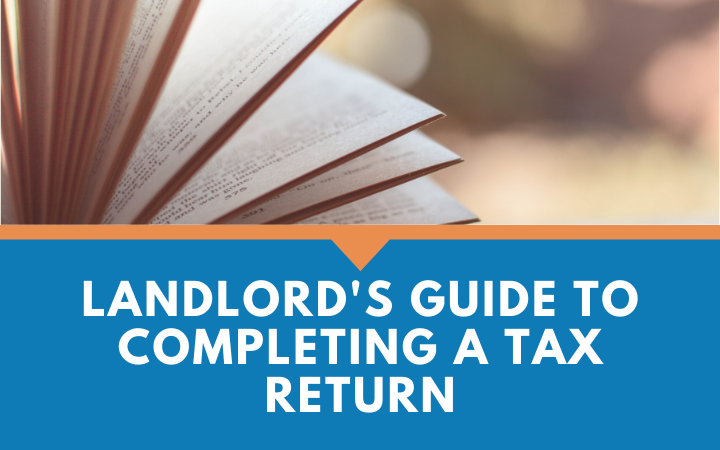Before you go, sign up to our free tax saving email course. Get 7 top property tax saving strategies in your email inbox that will help you save thousands in tax. Unsubscribe any time.
|
If you have never completed a tax return (maybe you have always been taxed under PAYE ) then filling in and submitting a tax return for the first time can be a daunting experience. Paper submissions are permitted but HMRC would prefer submission online via their Gateway website. If you do decide to submit online then you need to register for self assessment and apply for a Unique Tax Payer's Reference. The first eight pages of a tax return are generic. Everyone taxed under self assessment is required to complete these same pages. The additional pages for completion by a landlord are under 'SA105'. Property Income Declared Through TradeNot all property income is declared on these pages however e.g. if you run a bed and breakfast business that is a trade and you need to complete the pages for Self Employment (SA103S). Some forms of foreign property lettings are declared under the Foreign section of the return (SA106) depending on the type of income or from which country the property is based (HMRC's notes accompanying the return can advise). Properties owned by the same persons form a single rental business as do non-UK-owned properties and furnished holiday lets and, as such, separate declarations are required. ExampleIf the total income from lettings is less than £1,000 the 'Property Income allowance' can be claimed; more than £1,000 then either this allowance can be used or the usual income less expenses calculation can be made (you would particularly want to do the latter if there are losses are involved). Losses brought forward are not deducted against income if the allowance is claimed and will be carried forward for deduction in the following year. Residing in a Property With TenantsIf you reside in your property with tenants (e.g. in a House of Multiple Occupation but not in separate flats) a claim for Rent a Room relief can be made which exempts rental income from tax in a similar way as for the Property Allowance, the income being higher at £7,500 (£3,500 if jointly owned). Should you choose not to opt into the scheme the usual income and expenses calculation is required. You would not want to claim this relief if an overall loss has been made. In addition, a claim could affect some means-tested benefits or eligibility for a mortgage. If you’re on Universal Credit, any money you get from sub-tenants and lodgers under this scheme does not count as income up to the tax-free allowance. Profit or Loss Incurred on a Jointly Held PropertyThe rental profit or loss incurred on a property held jointly need not be allocated in the same proportion as the underlying ownership if it would be more income tax efficient for the split of profit to be different. The owners can agree on a different split as they see fit, the proportion referring to profits and losses only and not necessarily to the underlying proportion of ownership. Spouses/ civil partners are deemed to own a property equally 50:50 unless they elect to be taxed according to the underlying ownership. Expenses are declared under set headings but if the total income is less than £85,000 then that amount can be shown under 'Other allowable expenses'. Importantly the loan interest figure for residential lettings must be kept separate and included under 'Loan interest and other financial costs' as the amount of relief given is restricted to 20% of the interest paid ( this does not refer to non residential commercial lettings where full allowance is given). An entry in this box will automatically calculate the correct amount allowable in the final tax calculation. The remaining boxes refer to adjustments that commercial landlords are more likely to complete e.g. restrictions for private use. The benefit of completing online is that the tax is automatically calculated for you. HMRC advice can be found under the help and support for landlords page on the government website. |


 Tax Articles
Tax Articles
